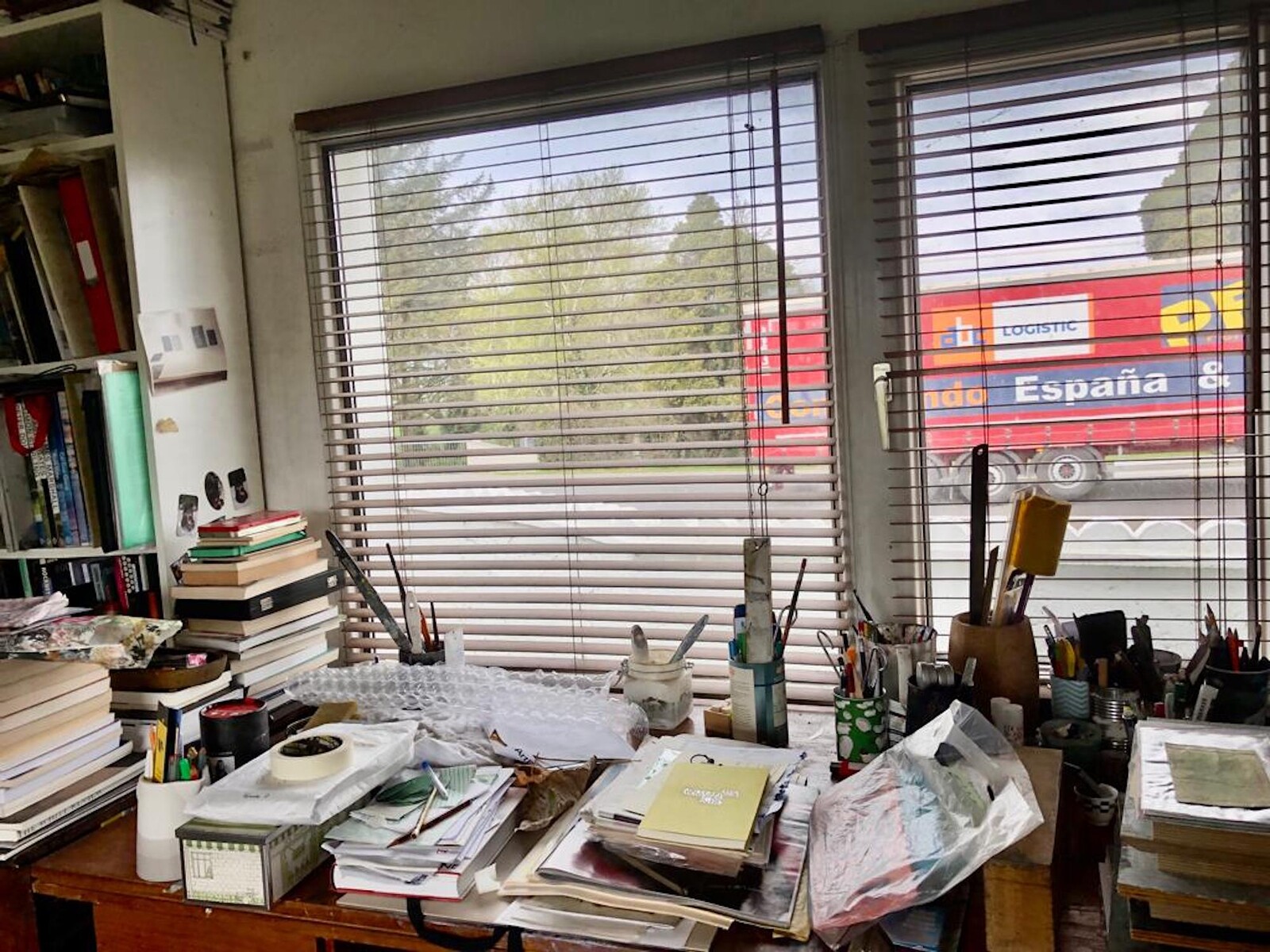We recently heard the times through which we are living described as the “permacrisis,” a series of disruptions that began three years ago and seems like it will never end. Like any historical period, its boundaries are arbitrary: the pandemic, uprisings against racial injustice, floods and fires in the Global North, and the war in Ukraine are merely the most visible manifestations to western audiences of longstanding emergencies, and it’s easy to concoct arguments for the period having begun in 2016, 2008, or 2001 (or having been inevitable since the collapse of the USSR, the advent of colonialism, or…). Yet the phrase has its uses: it expresses the helplessness that this rolling disaster has engendered—the whack-a-mole sense that even if one crisis can be addressed, another will soon pop up to replace it—and the loss of historical perspective that makes it difficult even to imagine change.
If you work in the cultural field, it has been impossible to avoid the issue of how to respond to each new expression of the “permacrisis.” There has been much discussion of the way that institutions have reacted, running the gamut from cynical cosmetic gestures to long-term investment in structural reform. But recent conversations with artists have returned to the pressures to reflect the situation in their own work. These pressures are both self-imposed—which cultural worker hasn’t wondered lately whether they could be doing more to make a direct impact?—and external. Alongside the demands of social media to be seen to take a public position, however vacuous or ill-considered, are curators, galleries, and institutions who are eager to appear “engaged.” The effect is to transform artists into brand ambassadors who are tasked with delivering a message amenable to an organization’s stakeholders. The message should be up-to-date, easily legible and, in a media environment which does not reward nuance, unambiguous.
There is a tendency in our culture to assume that the horror of any event must correlate with its novelty: to acknowledge that crises have precedents is not to diminish them, but to draw attention to the fact that change is possible. The assumption that everything is getting incrementally worse is only the flip side of the same teleology that assumes progress is inevitable. The most meaningful responses to these diverse upheavals are not necessarily the first to emerge or the easiest to interpret.
In an interview to be published this month, the mycologist Merlin Sheldrake talks about the usefulness of “composting” as a metaphor for the creative process. The artist gathers material that fertilizes the intellectual ground from which some fresh idea emerges, its form determined by the combination of local environmental factors, patterns inherited from an evolutionary history (whether the lineage is European painting or Southeast Asian film), and material accumulated through a wide network of roots. There is a reason that the desk cluttered with miscellaneous books, as in this month’s accompanying photograph, is such a familiar feature of the artist’s studio.
It might be one responsibility of the critic to distinguish the artworks that have emerged from this process from those that imitate it (by simply transplanting an idea from one place to another, for example). The former methodology transforms the world into something new. It requires time and work. The latter merely reproduces it, and by doing so contributes to the impression that our current conditions are inescapable. The Whitney and Venice biennials offer our writers two opportunities to consider which tendency is winning out. Watch this space.
Each month, to accompany the editors’ letter, we publish a photograph from an artist’s place of work. This month we feature Tipperary-based artist Sheenagh Geoghegan.
